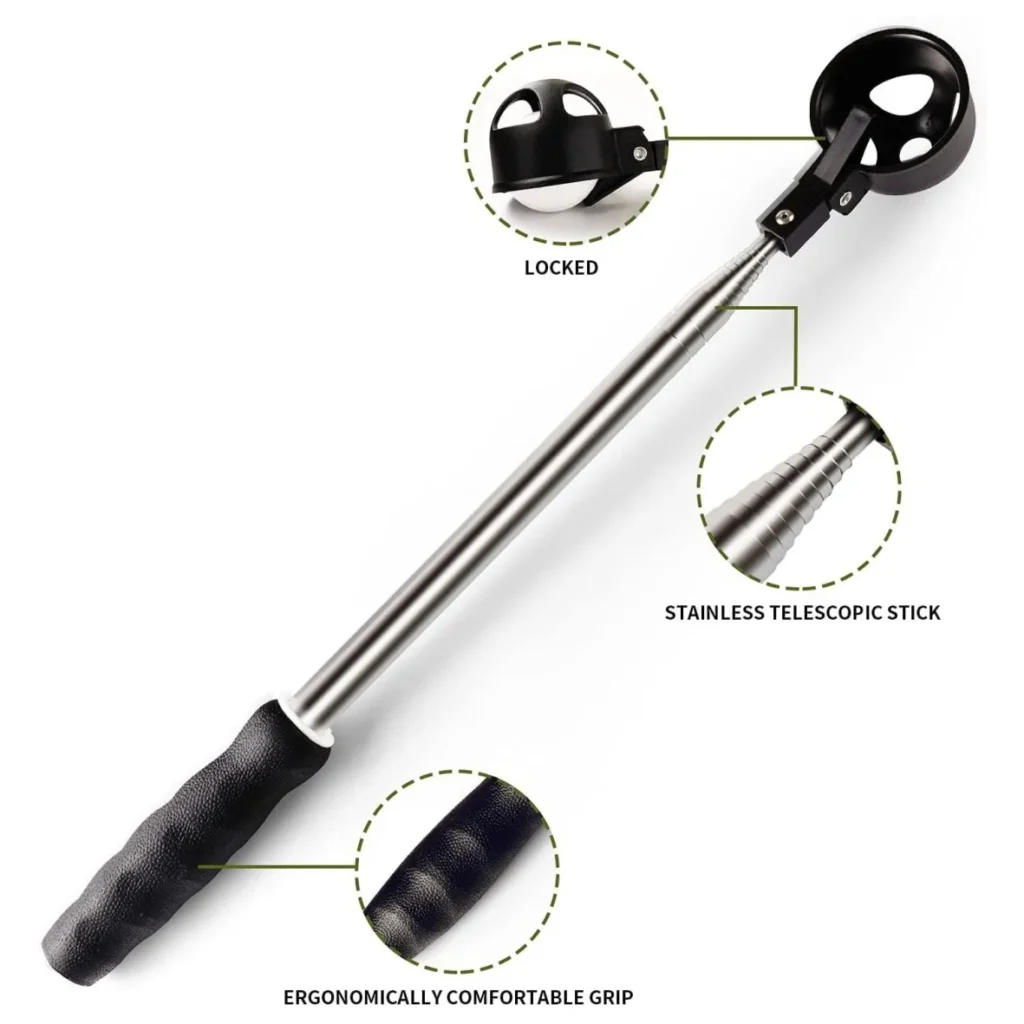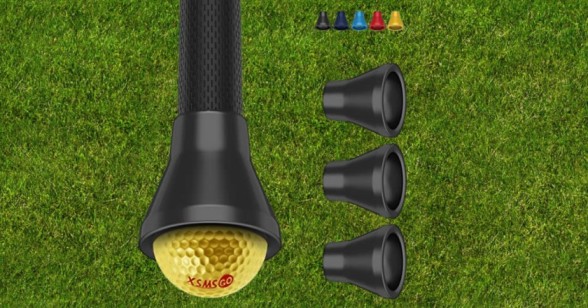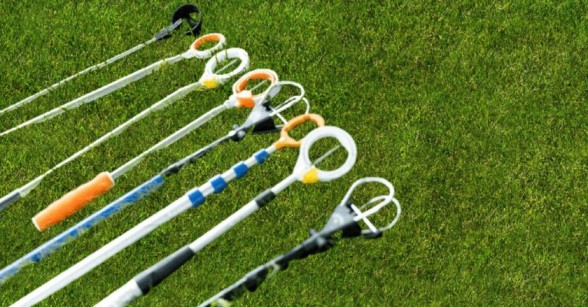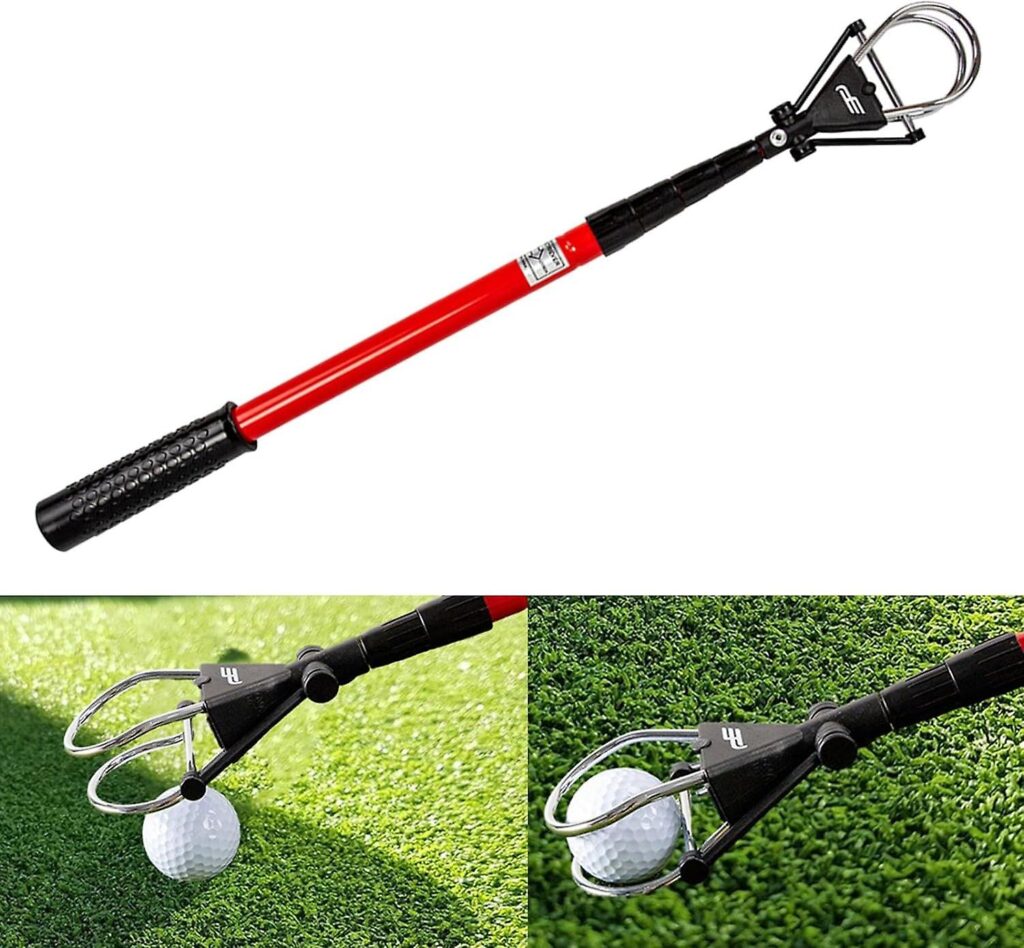The Evolution of the Telescopic Golf Ball Retriever: A Comprehensive Exploration
Early Golf Ball Retrievers
Golf, a sport steeped in tradition, has seen a remarkable evolution in its equipment and accessories over the years. One essential tool that has undergone significant changes is the Telescopic Golf Ball Retriever. In the early days of the sport, golfers relied on traditional methods for retrieving their lost balls.
These methods were often time-consuming and limited in their effectiveness. The advent of Golf Ball Retriever marked a significant leap forward, providing golfers with a more efficient means of recovering their precious equipment.
As golfers sought improved solutions for ball retrieval, early retrievers were introduced, attempting to address the challenges faced on the golf course.
However, these initial attempts were only a stepping stone towards a more revolutionary change – the development of telescopic golf ball retrievers.
Emergence of Telescopic Golf Ball Retrievers
The introduction of telescopic technology in golf accessories opened up new possibilities for golf ball retrieval tools. The first telescopic golf ball retrievers entered the scene, bringing with them innovative features that set them apart from their predecessors.
Telescopic Golf Ball Retriever were designed to be extendable, allowing golfers to reach balls that were previously out of their grasp. This evolution marked a turning point in the quest for the best golf ball retriever.

One such pioneering product in this space is the Callaway Golf Ball Retrievers. With its telescopic design and advanced features, it quickly gained popularity among golfers looking for a reliable and efficient tool to enhance their golfing experience.
The Callaway golf ball retriever became synonymous with quality and performance in the world of golf accessories.
Technological Advancements
Telescopic Golf Ball Retrievers: Tips for Optimal PerformanceThe evolution of Telescopic Golf Ball Retrievers didn’t stop at their initial introduction. As technology progressed, so did the materials and designs used in these retrievers.
Manufacturers began incorporating lightweight yet durable materials, making the retrievers more portable without compromising on strength.
Ergonomic designs were introduced to enhance user comfort during operation, addressing concerns that golfers had with traditional retrievers.
Adjustability became a key focus, with Telescopic Golf Ball Retrievers offering variable lengths to cater to different situations on the course. This adaptability contributed to their widespread adoption among golfers of varying skill levels.
The telescopic Golf Ball Retriever was no longer just a tool; it became an integral part of a golfer’s kit.
Popularity and Market Growth

The increasing demand for telescopic Golf Ball Retrievers led to a surge in market growth. Golfers, both amateurs and professionals, recognized the advantages offered by these innovative tools.
The market saw the emergence of various brands, each striving to offer the Best Golf Ball Retriever with unique features and improvements.
In this competitive landscape, the Callaway Golf Ball Retriever stood out as a frontrunner. Its combination of telescopic technology, durability, and user-friendly design resonated with golfers worldwide.
The term “Best Golf Ball Retriever” started becoming synonymous with telescopic models, with users actively seeking out these advanced tools for their superior performance on the course.
User Experiences and Feedback
Reviews and testimonials from golfers who embraced telescopic Golf Ball Retrievers shed light on their experiences. The convenience of these retrievers, especially in challenging terrains, became a common praise.
Golfers expressed their satisfaction with the adjustable lengths, allowing them to retrieve balls from various distances effortlessly.
While the majority of feedback was positive, criticisms were not absent. Some users pointed out specific aspects they wished to see improved, contributing to a continuous cycle of innovation.
This feedback loop played a crucial role in the refinement and enhancement of telescopic golf ball retrievers, including the renowned Callaway Golf Ball Retriever
Future Trends

As we look ahead, the future of telescopic Golf Ball Retrievers appears promising. Predictions indicate a continual evolution of materials and designs, emphasizing further improving the user experience.
Technological innovations may include smart features, such as sensors to assist in locating lost balls, adding another layer of sophistication to these essential golf accessories.
The market for the best golf ball retriever is likely to expand, with more players entering the arena.
Established brands like Callaway will likely continue pushing boundaries to maintain their position as industry leaders. The integration of cutting-edge technologies will be pivotal in shaping the next generation of telescopic golf ball retrievers.
The evolution of the telescopic Golf Ball Retriever has transformed a seemingly simple accessory into a sophisticated tool that enhances the overall golfing experience.
From humble beginnings to the incorporation of advanced materials and features, these retrievers have come a long way. The Callaway Golf Ball Retriever and other leading brands have played a significant role in driving this evolution, setting new standards for what golfers expect from their equipment.

As golfers continue to seek the best golf ball retriever to improve their game, telescopic models remain at the forefront of innovation. With an ever-expanding market and a commitment to user feedback, these retrievers are poised to shape the future of golf accessory technology.
The journey from traditional Golf Ball retrieval methods to the telescopic marvels we have today is a testament to the sport’s ability to adapt and embrace advancements for the benefit of its enthusiasts.
